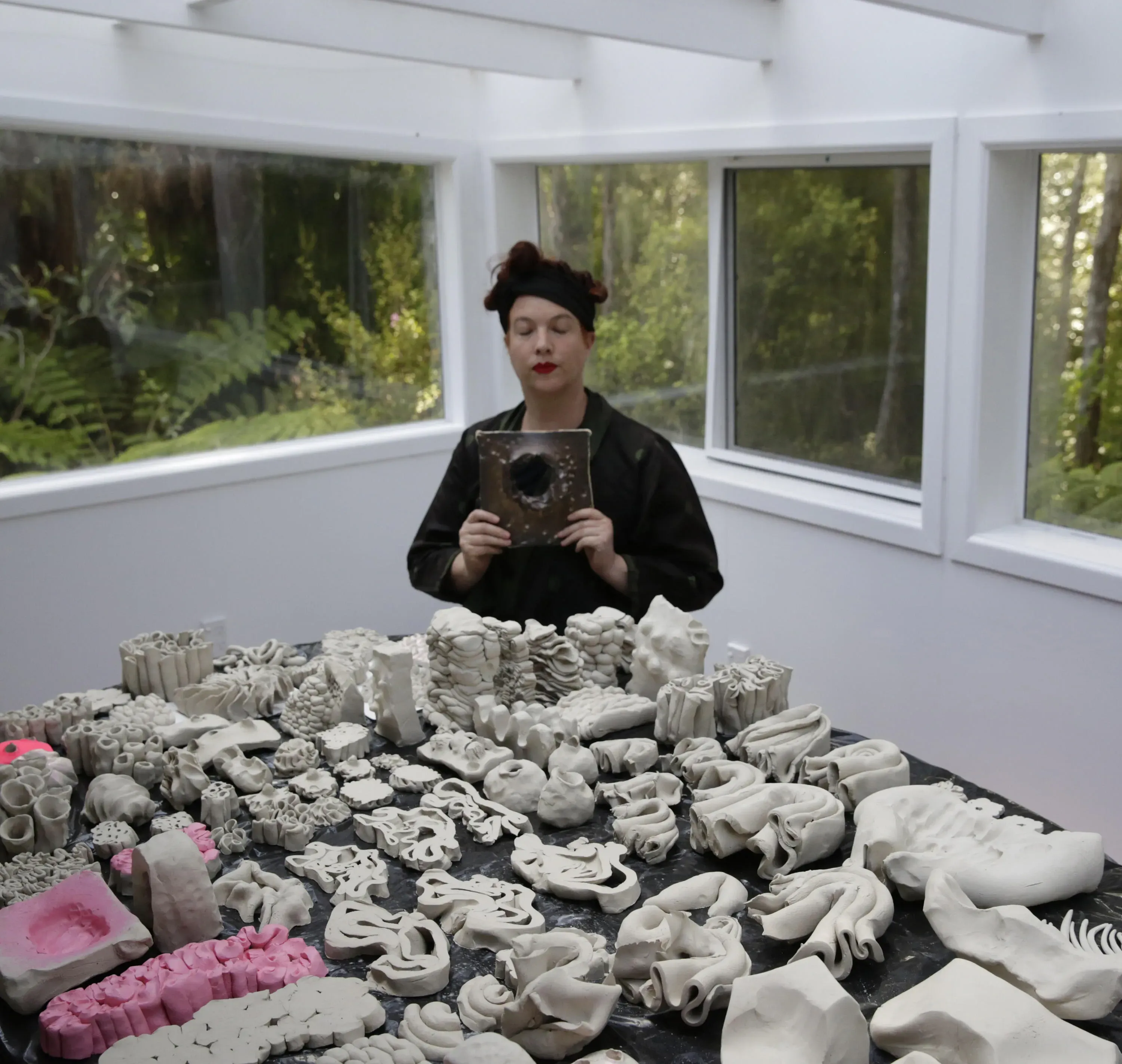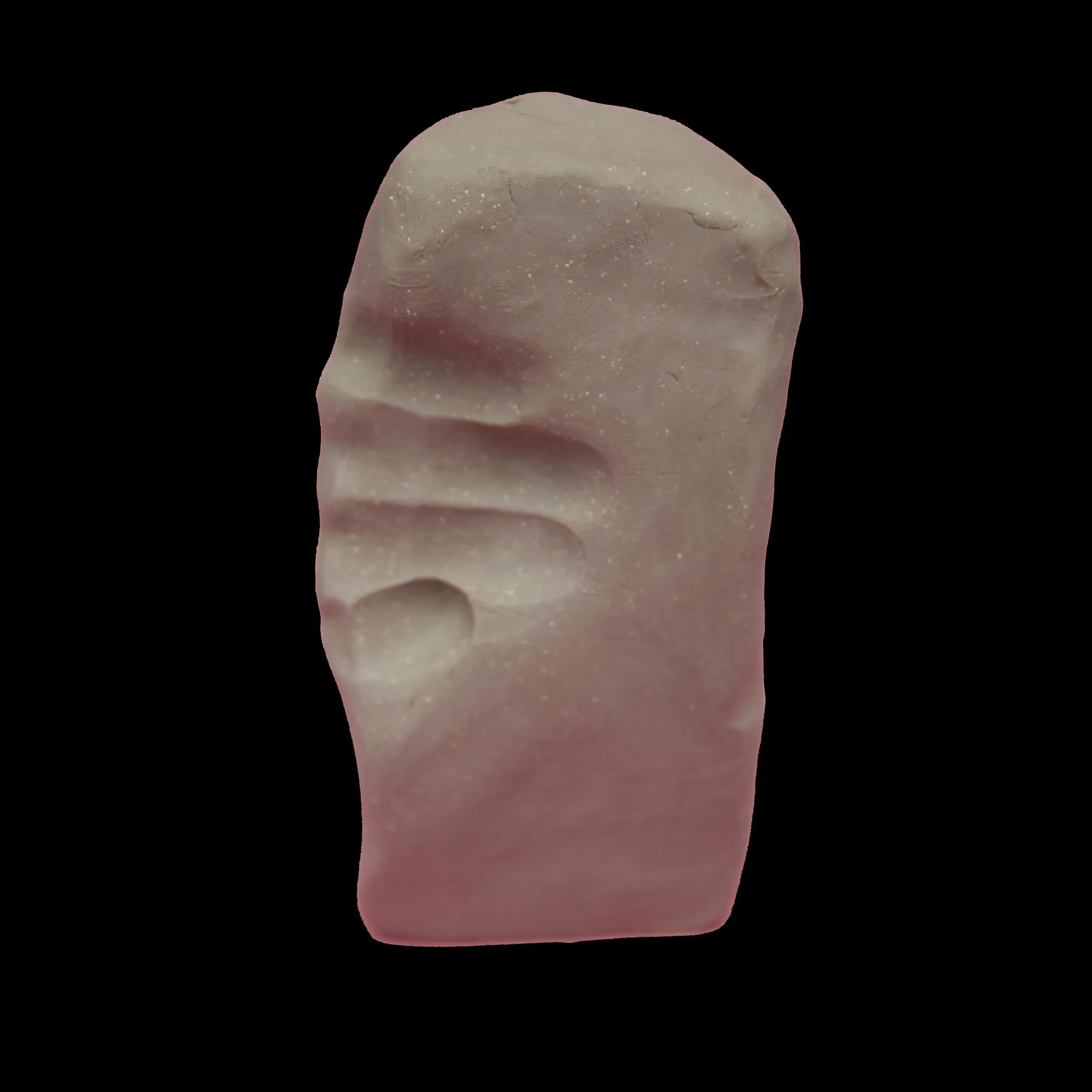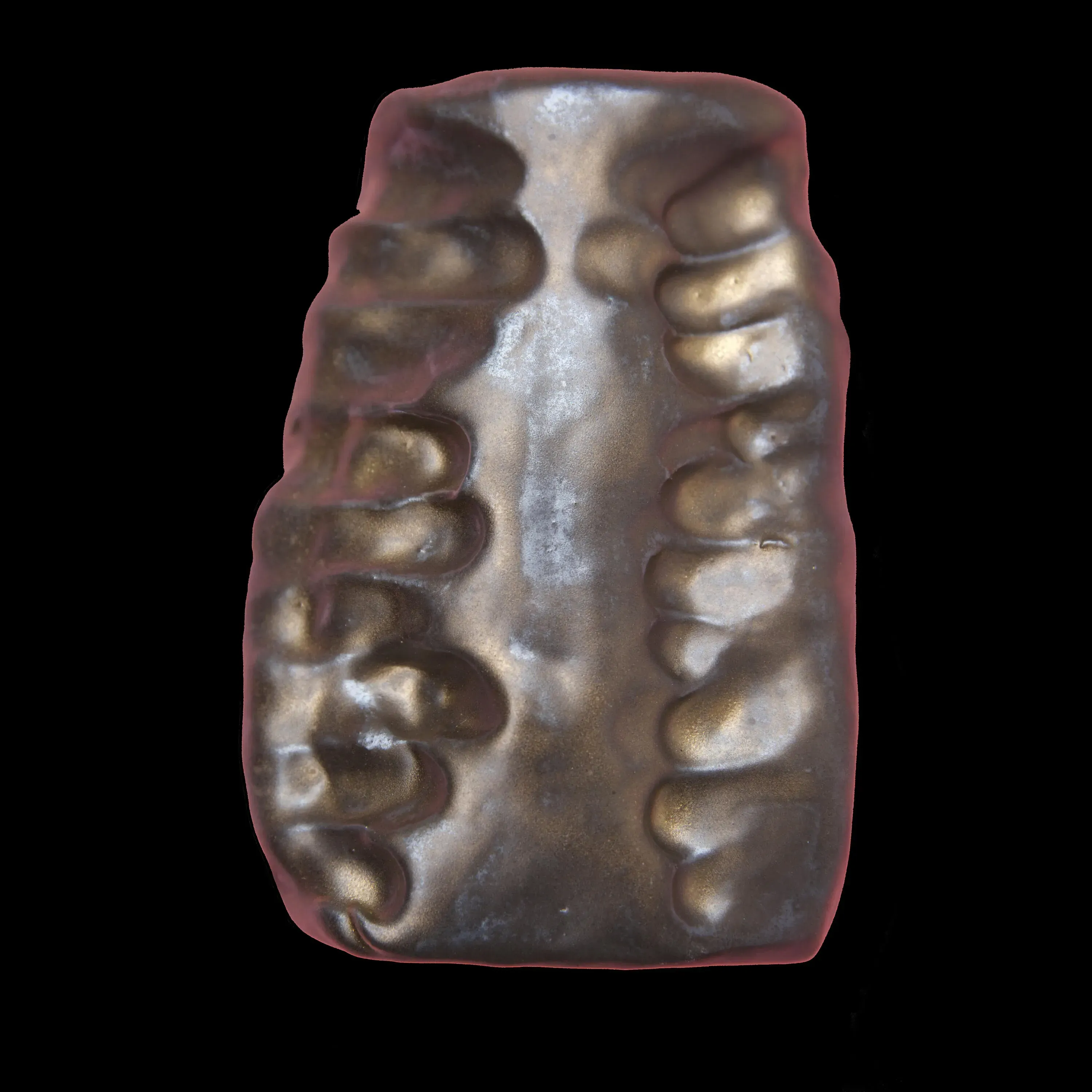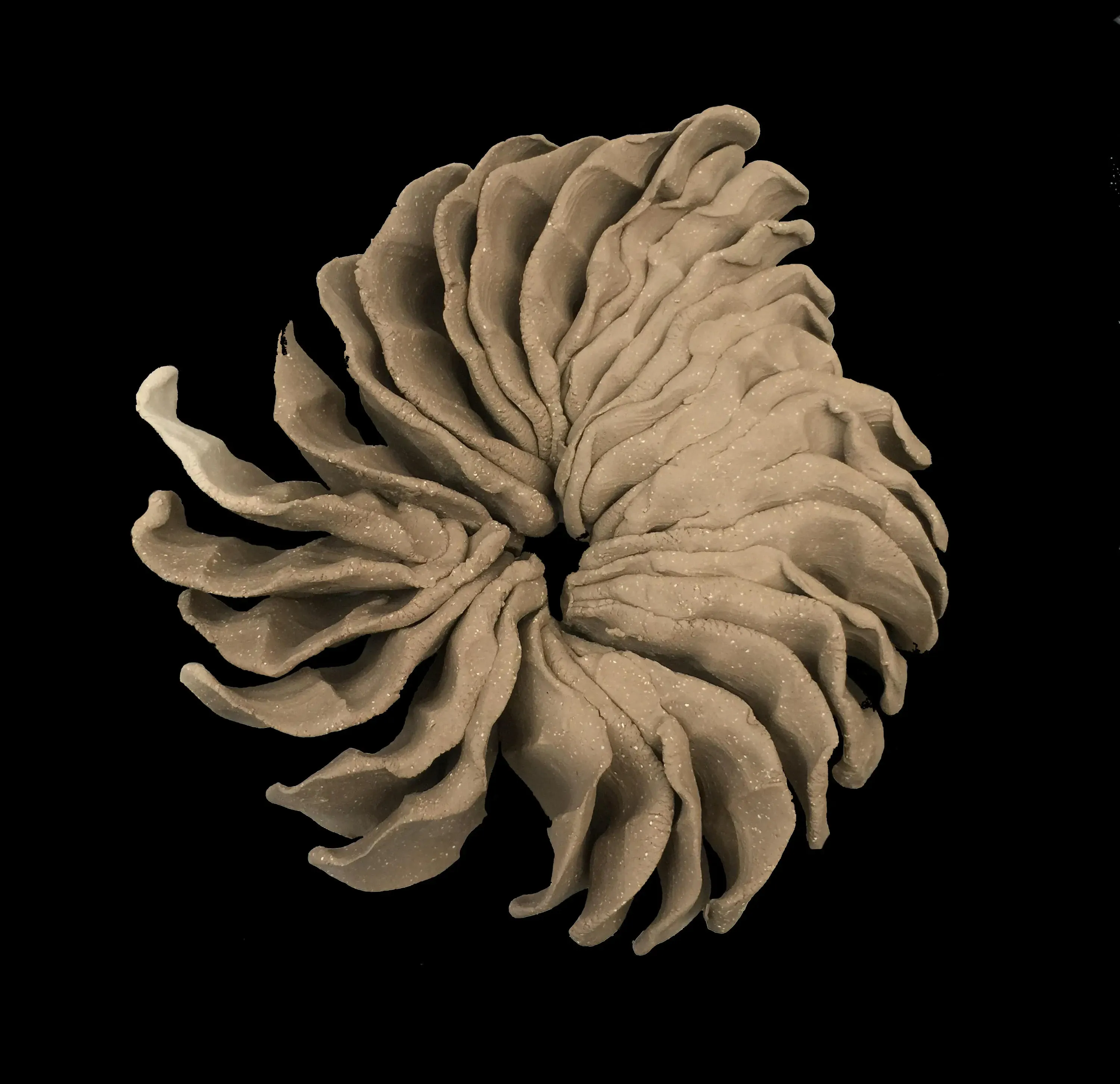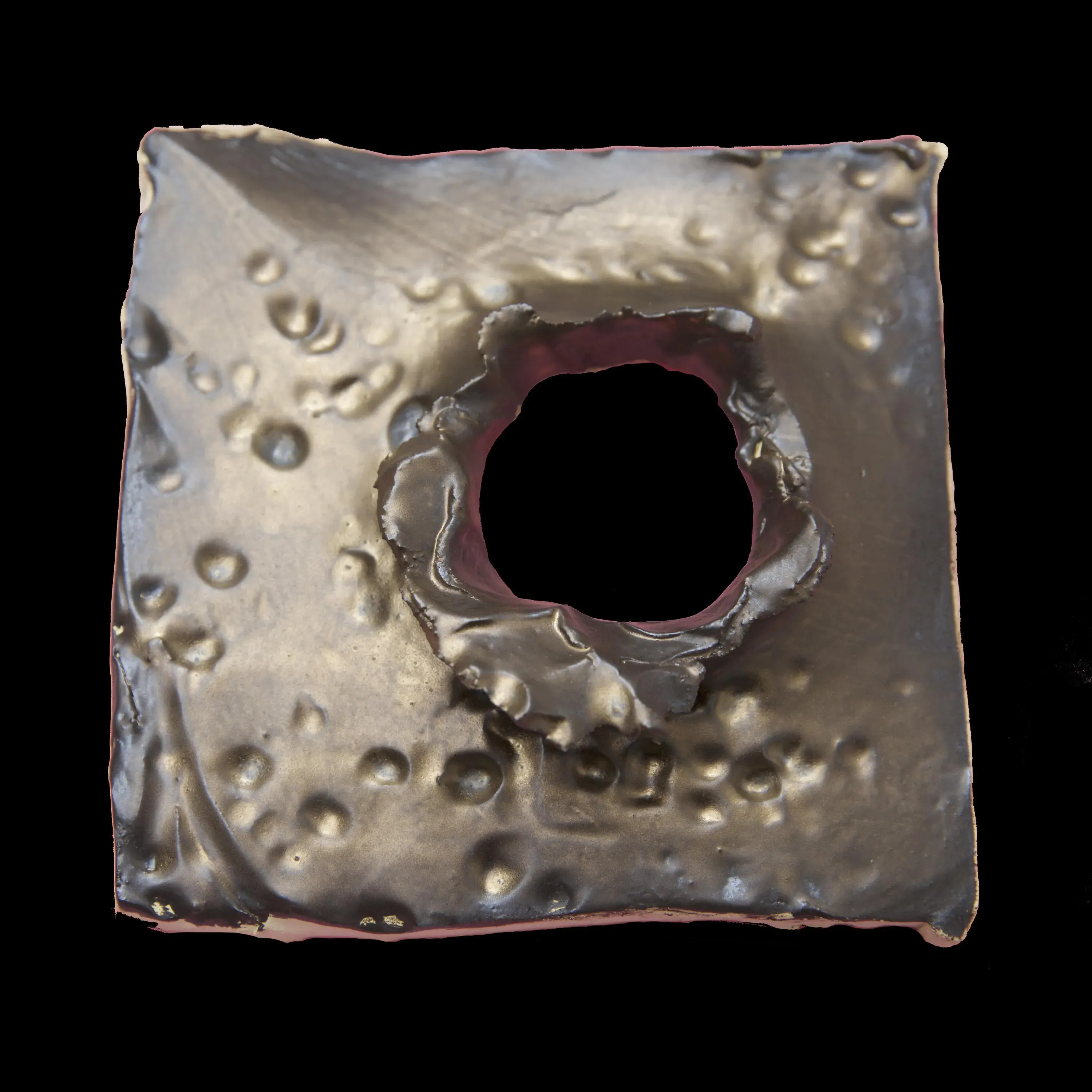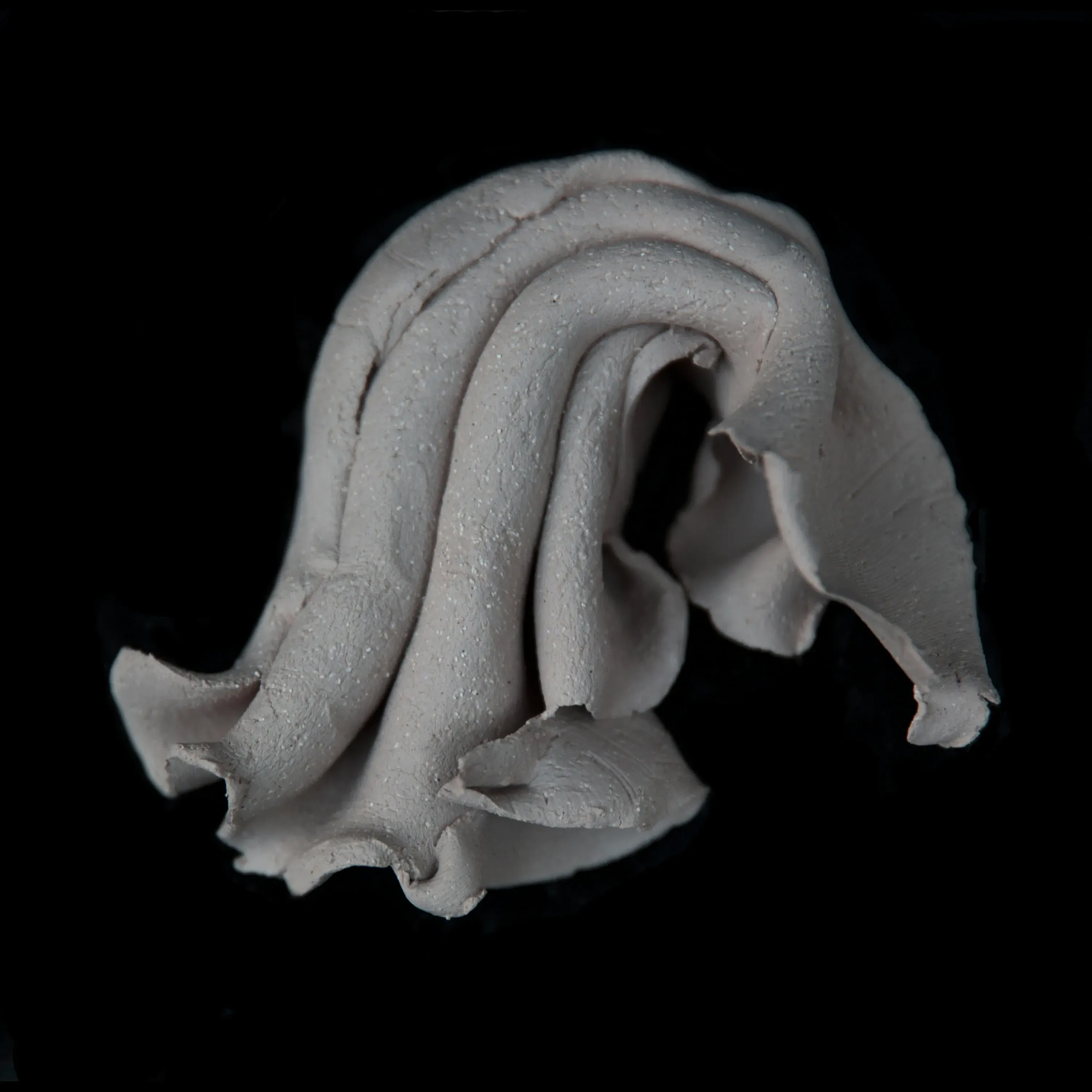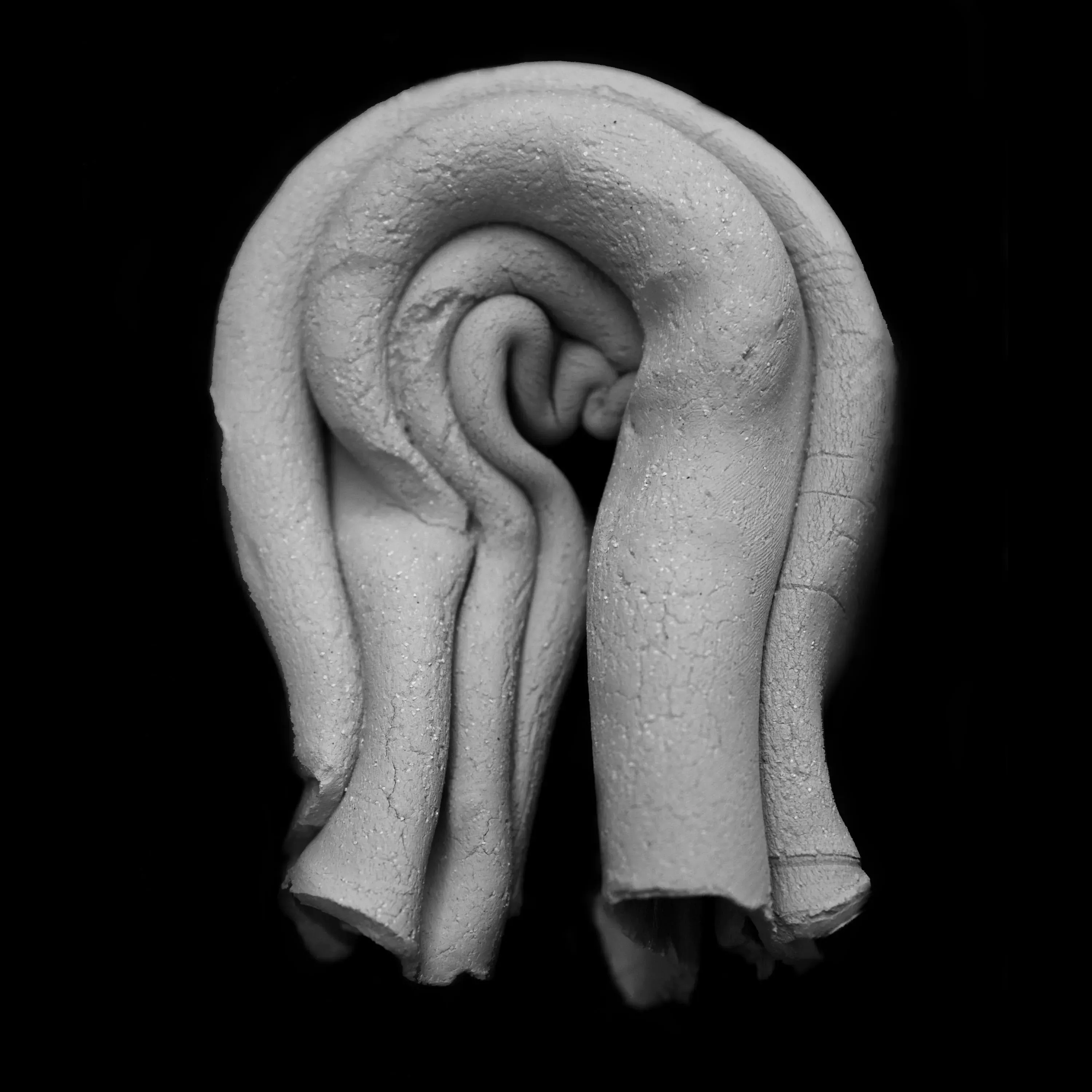How do we Navigate Change?
Written by
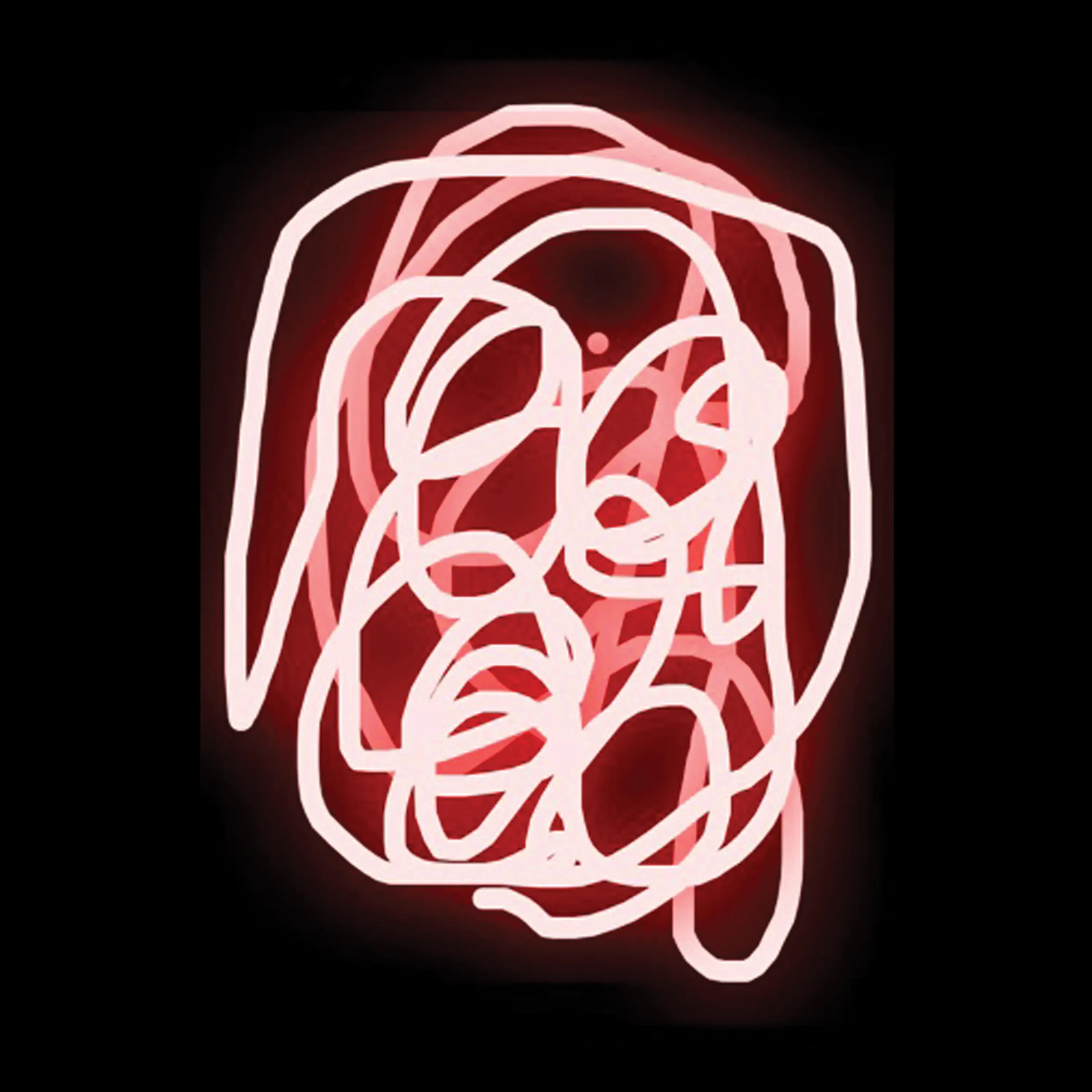
The pandemic has taught us how being quiet, slowing down and cooking elaborate meals can help us through feelings of hopelessness. We have seen each other through our best and our worst and over the course of the lockdowns, even those of us that are not particularly ‘crafty’ turned to creativity for comfort, searching for joy through imagination.
As most parts of our lives deaccelerated, the digital part of our day to day suddenly sped towards its limits of fulfilment by the pandemic.
Everything was changing and we were truly all navigating this new way of life together. Museums and public spaces closed. We were all working from home and most of our connections were only virtual. We learned that technology is most important to us when it shapes our world and our expectations.
The past year was by no means an offering of strictly positive answers, and one thing is for sure; Coronavirus has made us feel human.
Interdisciplinary fusion
Teresa Peters is a ceramic and clay artist that has realised her new body of work by combining digital and ancient technologies.
Archived digitally, DISASTROUS FORMS is an online platform offering as well as a dynamic public space where art circulates curiously without physical proximity of the regular exhibition, transforming individual exploration into accessible experience.
The interdisciplinary ideas on how to stage an exhibition when museums and exhibition spaces are closed is about introducing radical solutions to this change. We know that approaching problems through constraint leads to prototyping and greater creativity.
In the case of DISASTROUS FORMS, it’s all about building a digital solution as a pathway to communication and audience access.
Leveraging the nonlinear and digital storytelling was a way to enter the physical and material aspect of the clay as well as the objects of the museum collections.
“I am interested in and come from a tradition of art that extends itself outside the perimeters of the gallery, as my parents were forerunners in conceptual, experimental and land art in New Zealand in the 1970s,” explains Peters.
“The digital platforms and this exhibition have, in hindsight, inadvertently taken the form of a virus. An abstraction that can navigate space in a different way than a gallery show. The virtual space is paradoxly physical. Like the pandemic, it is abstract and physically vast and at once very intimate.
“My first goal was to become part of the museum, and I am so excited that DISASTROUSFORMS.COM and accompanying essay is archived as a topic with Auckland Museum Collections Online, where the project also found its inspiration. But in a sense, the shape of the exhibition and its alternate platforms becomes not only part of the museum but something uncannily present, part of history.”
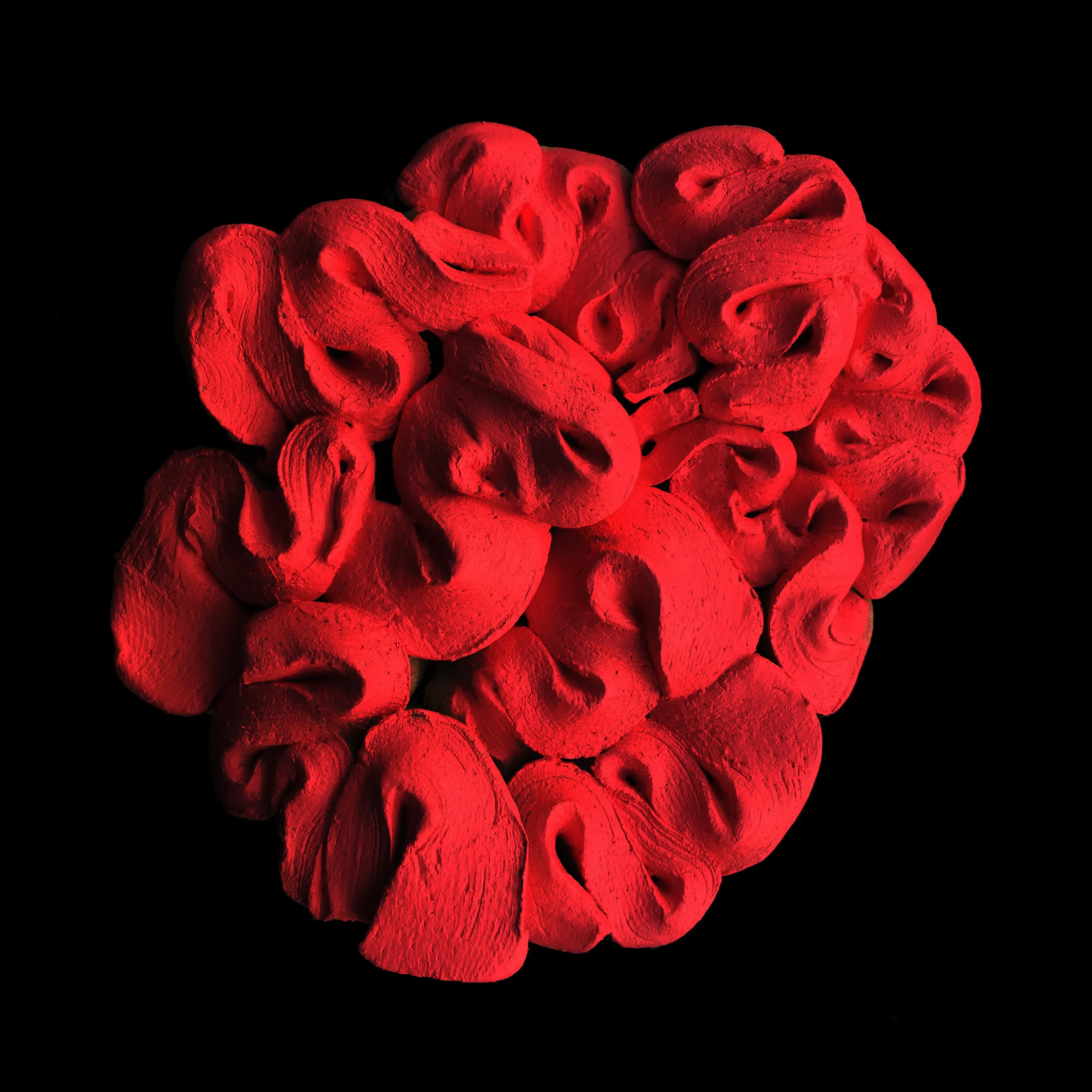
DISASTROUS FORMS 2020 - Teresa Peters.
Peters continues “of course this extends to the practical level that the platform, like so many right now, is responding to the times. This was highlighted as the project was launched during a lockdown with all cultural institutions closed.
“I think websites and social media accounts are pretty interesting archives right now. FB just asked me what will happen to my account when I die, a friend suggested Instagram saves as a funeral eulogy.”
Curiosity in your hands
As with most things in life, we gravitate towards the attractive. The aesthetic in combination with digital and its usability proved to be just the right dose to feed our curiosity rabbit hole.
DISASTROUS FORMS is a way of entering a pick-your-own pathway to conceptual art and ceramics by utilising the familiar and trusted collections online aesthetic. By facilitating people’s experience it serves as a gateway to particular audiences that are often put off by it. It’s accessible, it’s inclusive and it’s transferable regardless of the space that it’s experienced in, without simplifying or sacrificing the form. It places curiosity as a driver for dialogue towards understanding contexts.
“My practice is involved with connecting to something primal or an essential connection between us as humans and all living entities, also those past - fossils etc. Touch to raw clay and the curious intimacy that we are the otherworldly.
“Clay and ceramics are interesting as mediums as it harks back to ancient art and technologies – the original vessel and also to archaeology. But in this pivotal moment, it navigates a timeless space between the prehistoric and the futuristic - natural history and science fiction.
“This is when the fusion with technology is interesting. Technology has become such a predominant aspect of our contemporary lives. I like to hope that by navigating wider platforms, pathways and everyday technologies, you can tap into a wider audience. But people do move in categories so it’s hard to say if people will respond to things outside their norms.”
Positive disaster
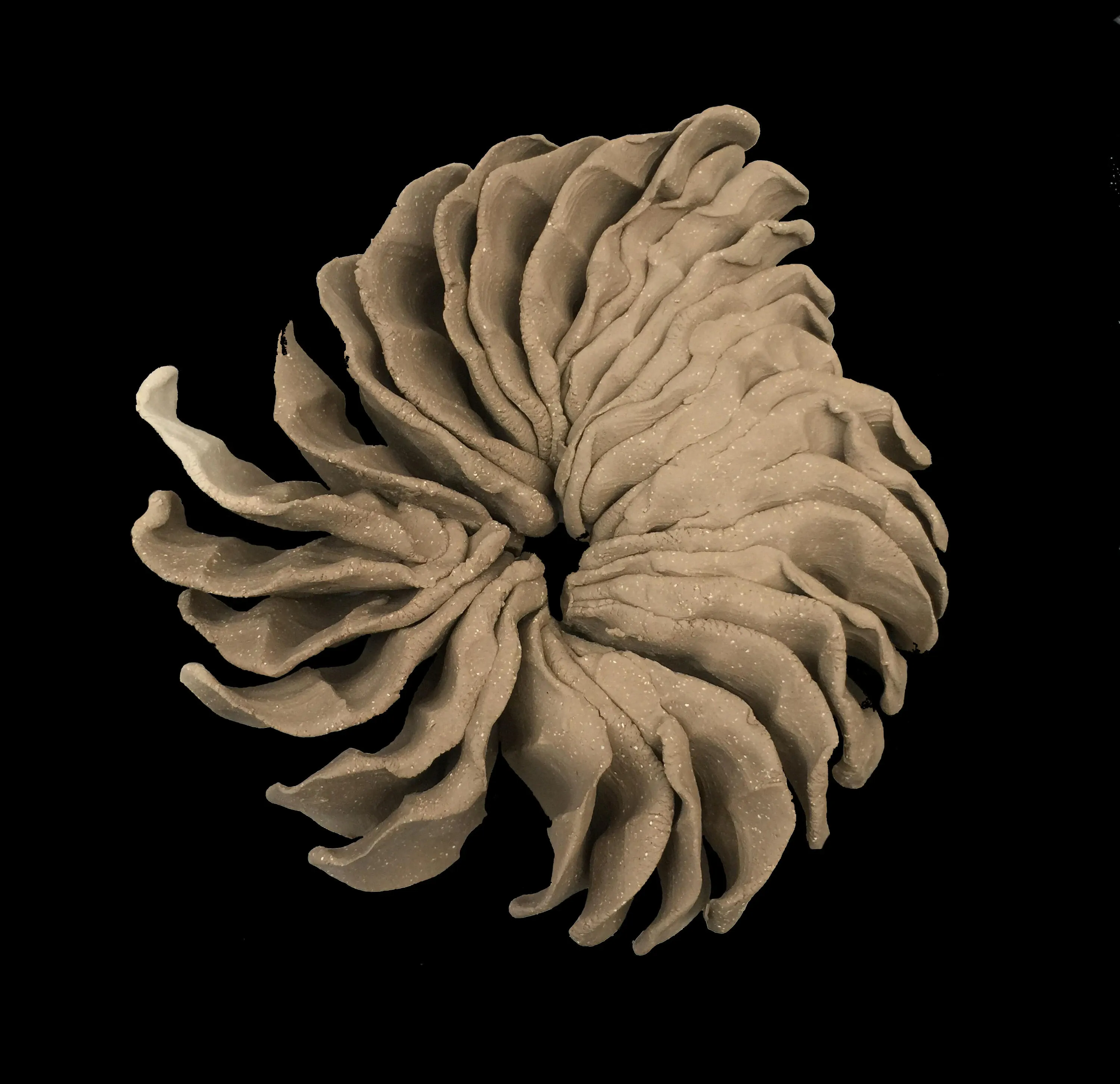
DISASTROUS FORMS 2020 - Teresa Peters.
The experience of disaster being serene and curious is about being strategic, especially in these critical times. The combination of magical, mysterious creativity that is fitting with museums and the ability to connect to this collection that has a personality and emotion, is about understanding how dissonance is an important driver of balance. It’s about the intersections between creative solutions, COVID and exhibition making process.
Dystopian future narratives like these are positive, as they centre the human as opposed to tech that enabled them. Our ability to embrace future scanning and scenario planning of critical uncertainties like COVID needs to be encouraged through imaginative scenarios like DISASTROUS FORMS.
Creating a scenario of resilience through works of fiction and imagination can help people cope while teaching them to step away from continuity of trends. It is also a spectacular tool of engaging ancient metaphor and storytelling means through digital exhibition experience.
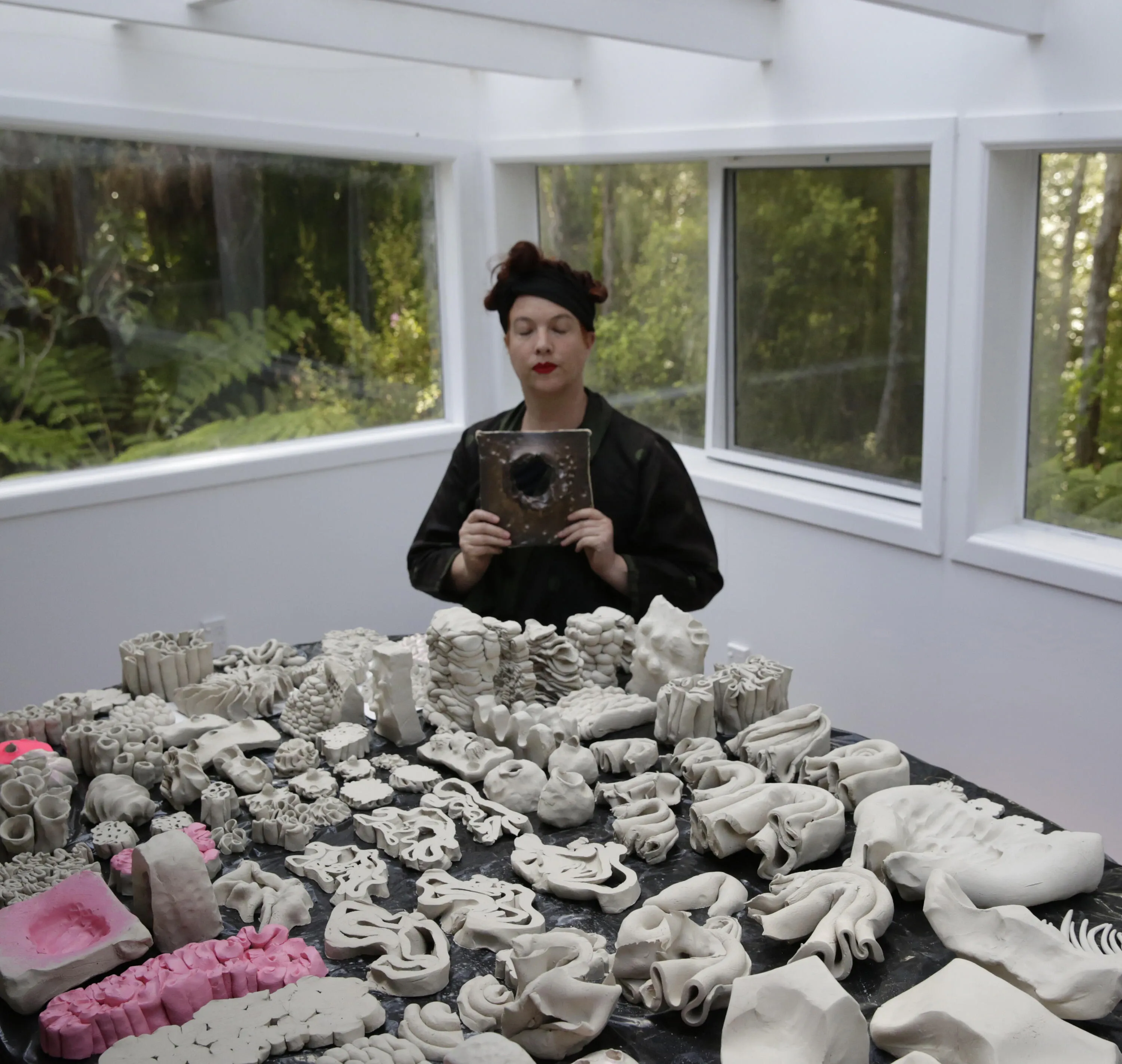
Teresa Peters. Photo: Supplied.
Peters remarks, “DISASTROUS FORMS continues to navigate the Anthropocene and earth matters. It was inspired by a field trip to Pompeii with artist Mark Dion. Rupture is the key to this body of work. It starts with quartz as the main ingredient in ceramic glazing and also the main actor in earthquakes and volcanic eruptions and technologies like computers and mobile phones. Heat and extreme pressure here cause radical transformation.
“Disaster or rupture is part of this evolution in the ceramics process, creativity, new ground or virtual communication. Somehow this work is earthy but lighter, physically maybe due to the platforms but conceptually because I am in the camp of the relieved apocolypser in regard to the recent events and the possibility positive change.”
No future without the past
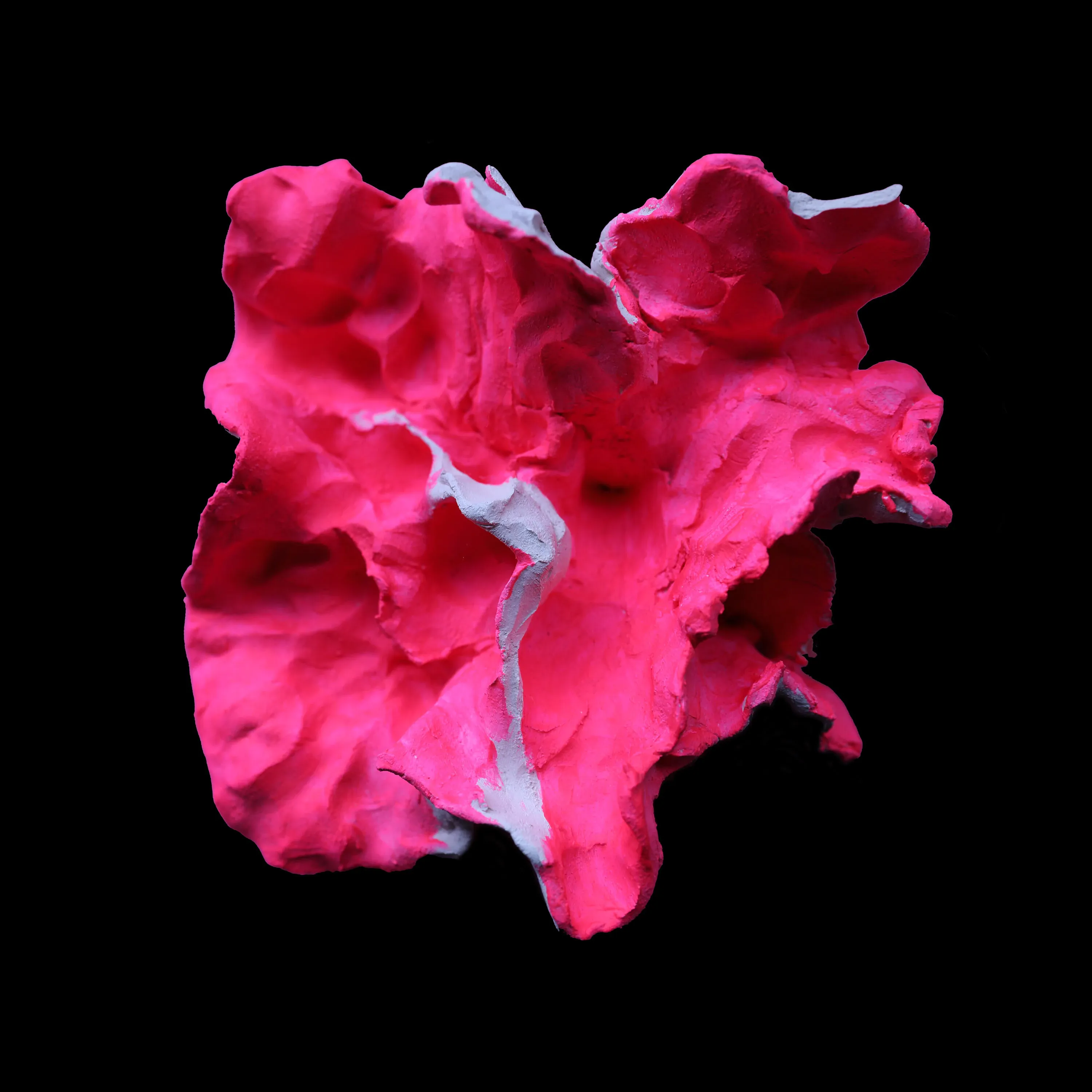
DISASTROUS FORMS 2020 - Teresa Peters.
The COVID experience is teaching us that we have to disrupt tradition and create change.
Tension and conflict can be phenomenal catalysts for radical collaboration, and as we have learned, the value of arts and art practitioners are absolutely embedded in our economy, social, ecological and political structures.
If we identify the problem accurately, exploration towards the solution often leads to discovery. The same applies to our real-life disasters and DISASTROUS FORMS. Seeing our world clearly and being able to articulate it, is not unlike a viral metaphor where a pathogen is the vital catalyst for the spread of disease.
Frequently, when we ask ourselves as a community, what we wish to come out of these disruptive times, the answer is inclusivity. A dialogue that can act as a connection between our past, our present and our future, where curiosity is a medium for dialogue towards understanding contexts. I see it as an intersect of methodology and practice and a way to prevent erasure of painful history.
As our history is cyclical, we could benefit from seeing our skeletons, not erasing them.
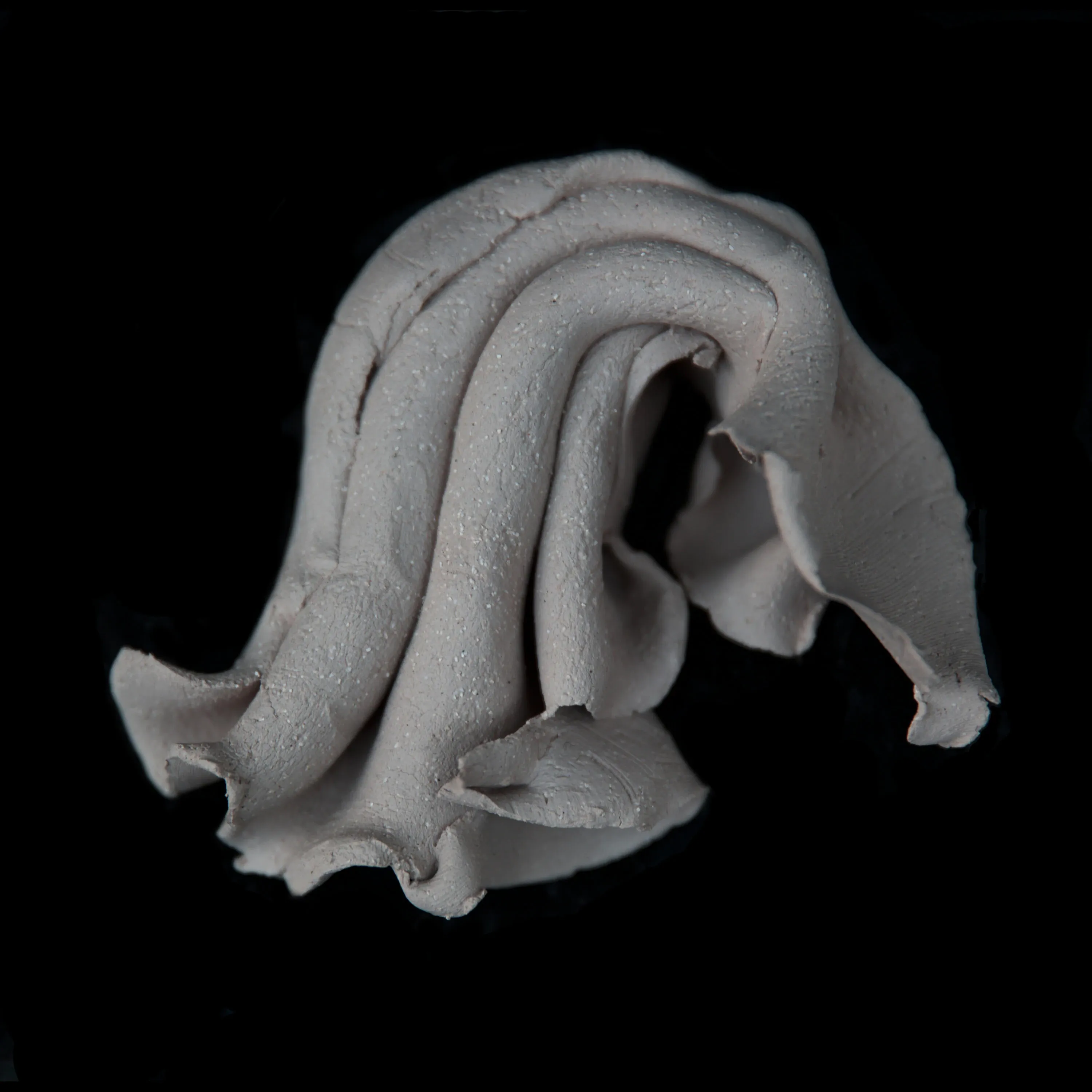
DISASTROUS FORMS 2020 - Teresa Peters.
“Disaster is the mother of revolution,” declares Peters. “History has mapped it time and time again. I think we have experienced how complacent and, in turn, adaptable we can be as a species in this crisis so far.
“I have been surprised by the reflex to normal by most people. I think we are at a very certain turning point and have been given the opportunity to wake up - look ourselves in the eye – we are ground zero here.
“From eco feminists’ concepts like Karen Barad’s spacetimematterings to revolutionary artists like the Zero group - Otto Peine and Lucio Fontana driving out of the disaster of the second world war, into new spatial and technological possibilities, or Smithson breaking ground in the 1970s. Fontana’s 1950s manifesto to the spatial possibilities of TV seems almost comical now but it remains so relevant. These art histories inform the making of this work because of the artists’ commitment to positive revolution in the face of disaster or changing times.”
Embrace the unconventional
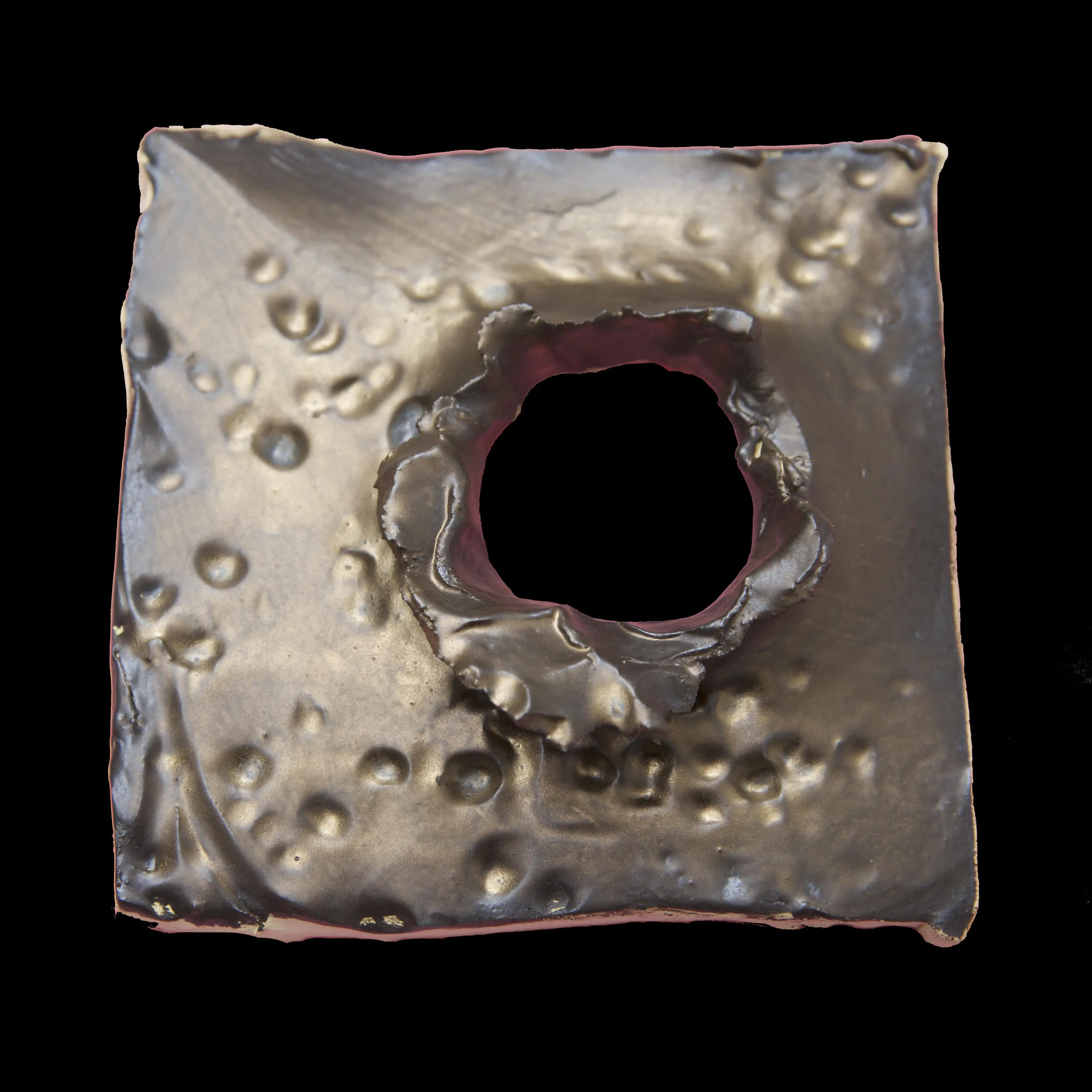
DISASTROUS FORMS 2020 - Teresa Peters.
In this moment of rebuilding, it is vital to take the right things forward into our collective futures. By taking on unconventional habits and traits that benefit us without harming someone else, we can create unity and empathy during these turbulent times.
I see this artform and its software as a tool for preserving this important period in our shared history. Something to be explored, returned to, touched and used, like old precious instruments that need to be played to remain with us.
In this practice that serves to preserve and trigger memory through storytelling and access, we can explore in a way that is not self-indulgent. Nobody knows where we are going to end up but our journey into this unknown is most definitely worth capturing.
There are lessons here on navigating change and embracing it. Growing into the future through disastrous thinking, by behaving differently to what we are used to.
it’s not easy but it’s possible.
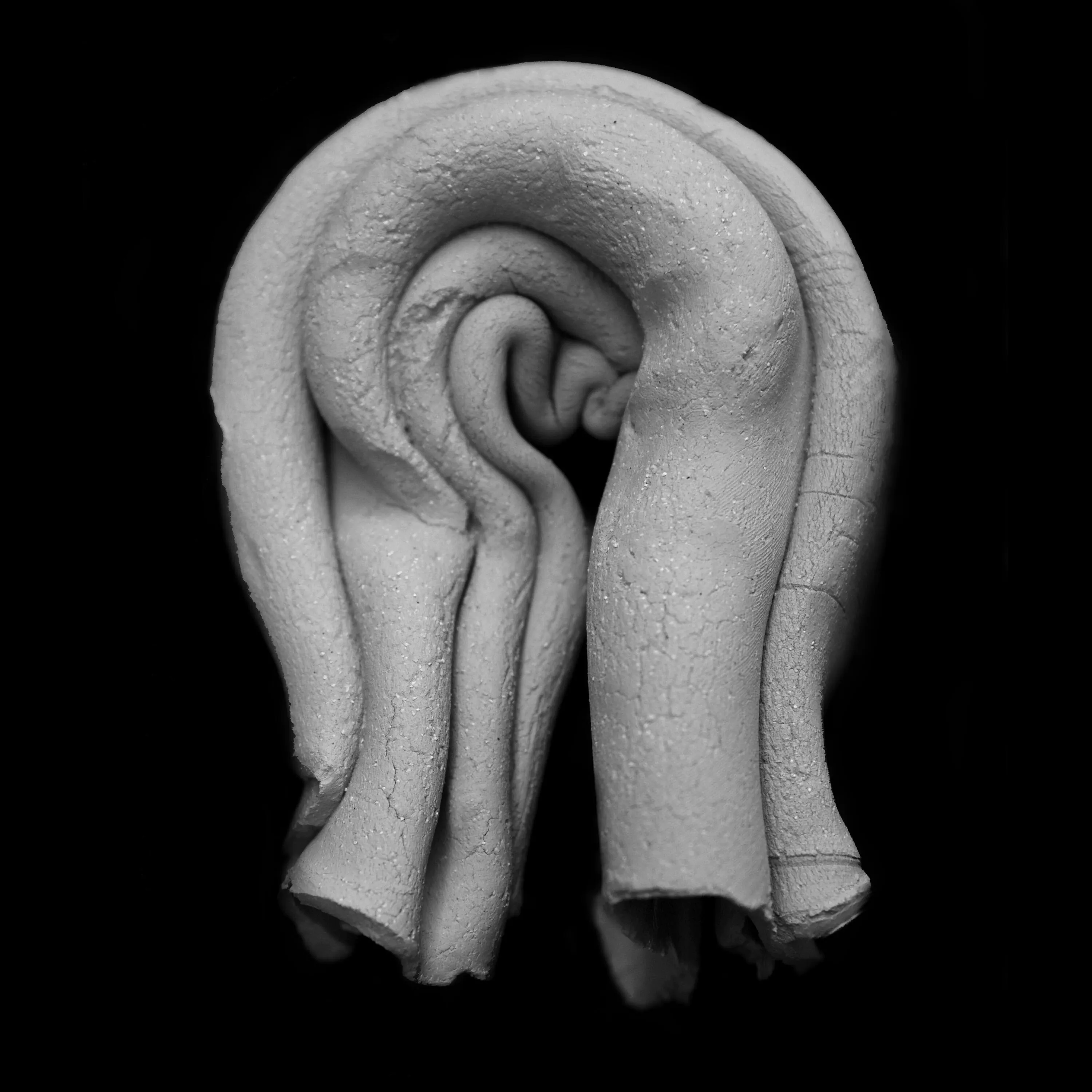
DISASTROUS FORMS 2020 - Teresa Peters.
DISASTROUS FORMS archive is a nomadic month-long exhibition accompanied by essays, street posters, and a live screen public viewing in Aotea Square, 24 March, 8 -10pm, 2021, providing audiences with a multitude of contemporary art offerings online and IRL.
